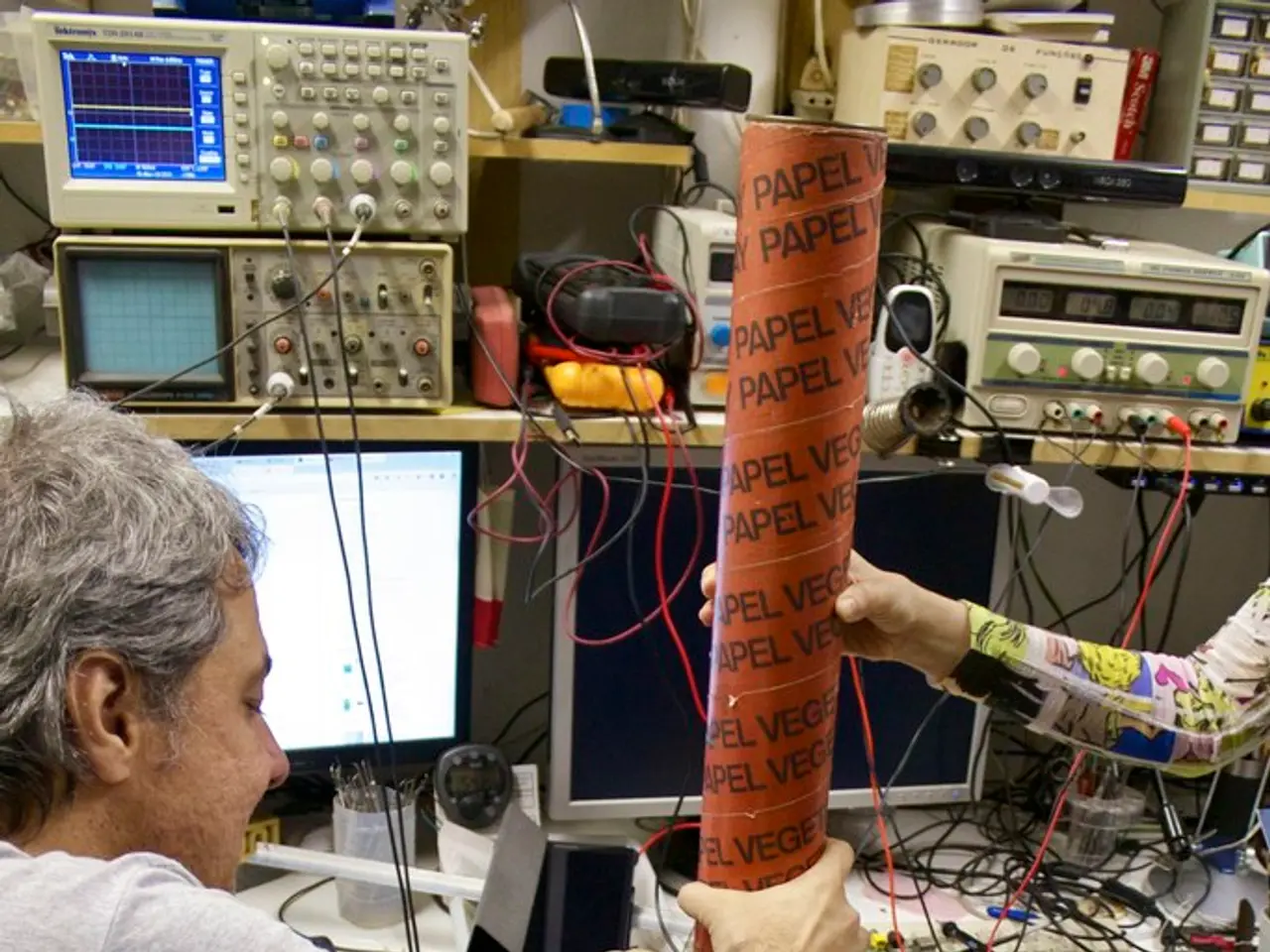Prosthetic Design and Biomechanics: The Impact of AI
In the ever-evolving world of technology, Artificial Intelligence (AI) is making significant strides in transforming the field of prosthetics and orthotics. This transformative technology is enhancing the functionality, personalization, and efficiency of these devices, offering hope and improved quality of life for millions of individuals.
Predictive Maintenance using AI technology is extending the lifespan of prosthetic devices by tracking device usage and predicting wear and tear. This ensures timely maintenance, thereby reducing the need for frequent replacements and ensuring a longer lifespan for these devices.
Artificial Intelligence is also revolutionizing the design and implementation of prosthetics. Integrating machine learning, robotics, and sensing technology, AI is enabling more intuitive, adaptive, and precise control systems in prosthetic devices. Neural interfaces that use brain or muscle signals allow users to control prosthetics directly via thought, enhancing user experience and functionality.
Recent advancements have led to the development of microprocessor-controlled joints and myoelectric systems, which provide better stability, flexibility, and real-time adaptation in prosthetic limbs and joints. This includes bionic limbs equipped with advanced sensors and actuators that mimic natural human limb functions.
In the realm of orthotics, AI-driven real-time control algorithms and robotic exoskeletons are providing powered assistance for mobility enhancement, especially for individuals with musculoskeletal impairments. These devices optimize gait and reduce energy expenditure while offering personalized adjustments based on user needs.
Innovations in materials science and 3D printing technologies are complementing AI advancements by facilitating custom, lightweight, and durable prosthetic and orthotic devices tailored to individual anatomies.
Market trends indicate growing investments in smart prosthetics, driven by aging populations, sports injuries, and pediatric needs. The intelligent prosthetics market is forecasted to grow robustly with higher adoption rates in regions like North America, due to strong healthcare infrastructure, R&D, and supportive government initiatives.
However, challenges such as cost, battery life, and sensory feedback integration remain areas for ongoing research and development. Data privacy is also a concern in protecting sensitive user information collected by AI systems. Regulatory compliance is necessary to meet stringent medical standards.
The future trends focus on deeper AI integration for adaptive control, widespread use of neural and machine learning interfaces, enhanced sensor fusion for better feedback and control, and the combination of robotics with advanced materials and 3D printing to create highly personalized, efficient, and user-friendly prosthetics and orthotics.
Researchers are developing mind-controlled smart prosthetic arms that can recognize real-time data and mimic natural function. Generative design tools are crafting prosthetic sockets that precisely fit individual anatomy, enhancing comfort and reducing pressure points. Self-learning prosthetics improve through use and feedback over time.
Accessibility ensures these technologies are available to underserved populations. On-Demand Manufacturing using AI and 3D printing can streamline custom prosthetic fabrication, reducing costs and wait times. Digital tools evaluate balance, alignment, and weight distribution, allowing for precise adjustments during design.
Advanced Sensor Integration analyzes movement patterns and pressure, continuously enhancing device performance. Smart Orthotic Braces equipped with sensors alert users to potential issues before failures occur. Adaptive Prosthetics using algorithms to instantly adapt to user movements and environmental changes are being developed.
Hybrid Bio-Devices combine AI with genetically modified tissues for seamless body integration. Neuroprosthetics aim to restore sensory feedback. AI-based brain-machine interfaces allow users to control prosthetics via neural signals. Electrodes are used to receive electrical signals from muscles and send them to an electronic control board inside the prosthetic.
In conclusion, AI is playing a pivotal role in transforming the field of prosthetics and orthotics. From predictive maintenance to mind-controlled prosthetics, the potential for this technology to improve lives is immense. However, challenges such as cost, battery life, and sensory feedback integration must be addressed to ensure these technologies are accessible and effective for all who need them.
- Machine learning and robotics, integrated with AI, are enabling more intuitive and adaptive control systems in prosthetic devices.
- AI-driven algorithms are used in real-time control for orthotics, providing powered assistance for mobility enhancement.
- Advanced sensors and actuators in bionic limbs, enabled by AI, mimic natural human limb functions.
- AI-based exoskeletons in orthotics optimize gait and reduce energy expenditure while offering personalized adjustments.
- 3D printing technologies are facilitating custom, lightweight, and durable prosthetic and orthotic devices tailored to individual anatomies.
- Intelligent prosthetics, driven by AI, are expected to grow in popularity in regions like North America, due in part to strong healthcare infrastructure and supportive government initiatives.
- Sensor fusion for better feedback and control, and the combination of robotics with advanced materials and 3D printing, are important future trends in AI-integrated prosthetics and orthotics.
- Mind-controlled smart prosthetic arms are being developed, recognizing real-time data and mimicking natural function thanks to AI.
- On-Demand Manufacturing using AI and 3D printing can streamline custom prosthetic fabrication, making these devices more accessible and affordable for underserved populations.




